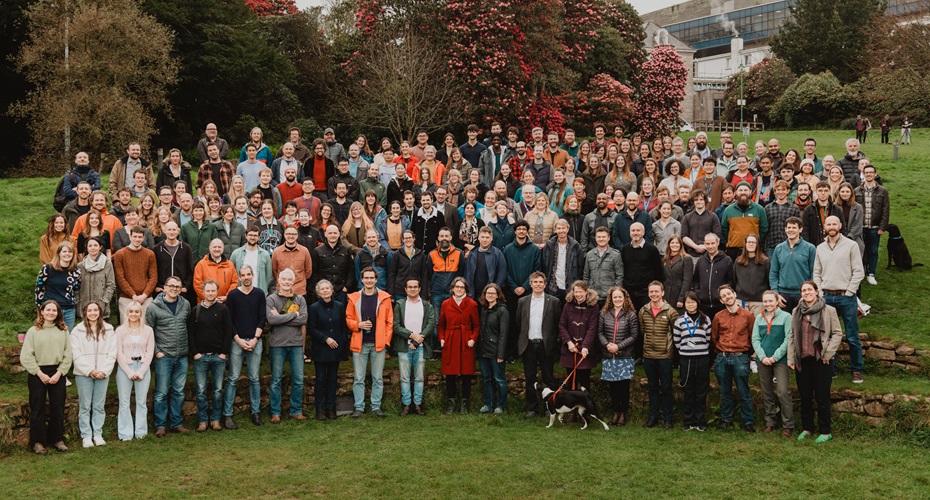Ecology and Conservation
The Centre for Ecology and Conservation uses the power of research and education to understand ecology, evolution and solutions to the global biodiversity crisis.
Welcome to the Centre for Ecology and Conservation, a world-leading research and education hub rooted in the Cornish landscape, with particular strengths in ecology, conservation, evolution, zoology, behaviour, microbiology and marine science. We offer a broad range of undergraduate and masters courses to suit your interests in whole organism biology, and host a thriving community of postgraduate and postdoctoral researchers and fellows.

![]()
Top 10 in the world for Ecology
9th in the ShanghaiRankings Global Ranking of Academic Subjects 2022
![]()
Top 20 in the UK for world-leading research in Biological Sciences
REF 2021, based on 4-star research
![]()
4th in the UK for Zoology
The Guardian University Guide 2024
"We foster an inclusive and collaborative academic community, valuing individuals as stakeholders in the success of the Department, University and themselves."
Professor Dave Hodgson
Head of Department



